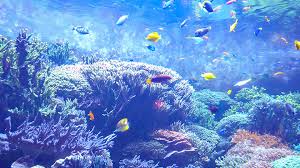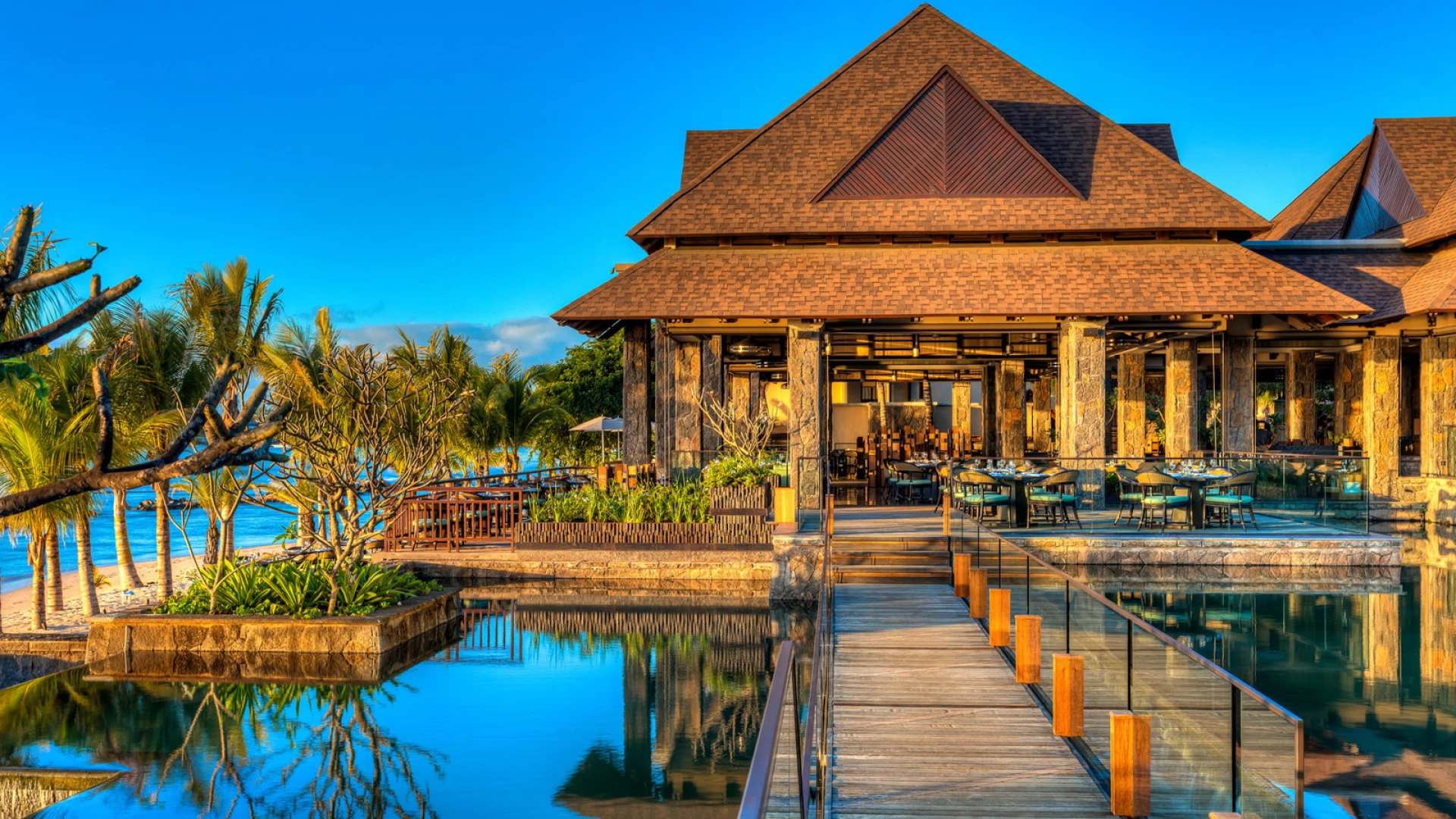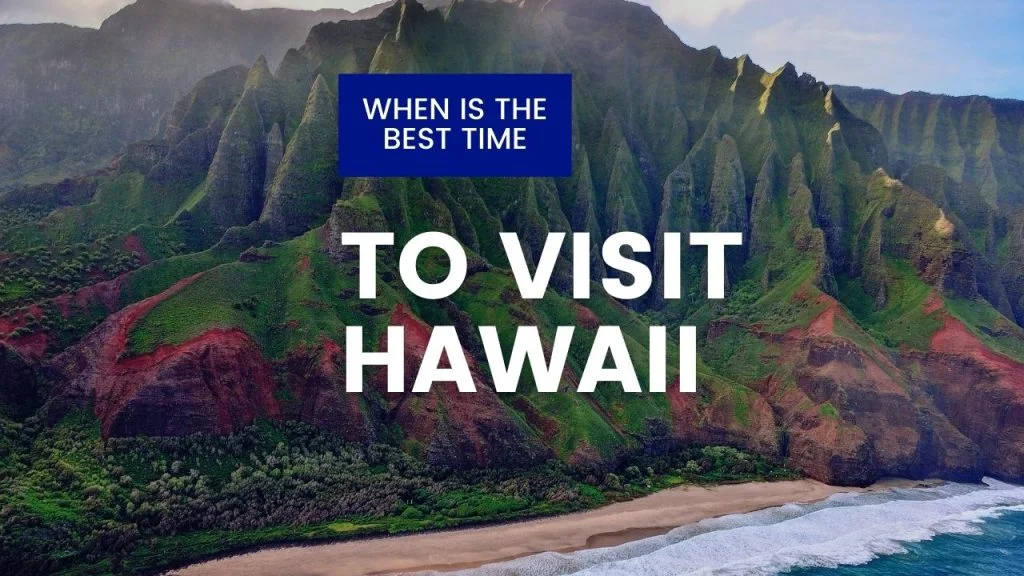Hawaii is known for its stunning beaches, lush landscapes, and unique culture. One of the most incredible treasures of the Hawaiian Islands lies beneath the waves the Hawaii coral reefs. These vibrant ecosystems are not just beautiful; they are vital to the health of the ocean and the life that thrives within it. In this article, we will explore the wonders of Hawaii’s coral reefs, their importance, the threats they face, and how we can help protect these natural treasures for future generations.
What Are Coral Reefs?
Coral reefs are underwater structures made up of colonies of tiny living animals called coral polyps. These polyps build hard skeletons out of calcium carbonate, which creates the framework of the reef. Over time, as polyps die and new ones grow, the reef continues to grow and expand. Coral reefs are often referred to as the “rainforests of the sea” because of their incredible biodiversity. They provide a habitat for many species of fish, invertebrates, and other marine life.
The Anatomy of Coral Reefs
Coral reefs are composed of three main parts:
- Coral Polyps: These are the tiny animals that make up the reef. They have a soft body and tentacles that capture food particles from the water.
- Calcium Carbonate Skeleton: The hard outer layer formed by the polyps is what gives coral reefs their structure. This skeleton protects the living coral and provides a base for new growth.
- Symbiotic Algae: Many corals have a special relationship with a type of algae called zooxanthellae. These algae live inside the coral polyps and provide energy through photosynthesis. In return, the coral provides the algae with a safe environment and the nutrients they need to thrive.
The Importance of Hawaii Coral Reefs
Hawaii’s coral reefs play a crucial role in the health of the marine ecosystem. They provide numerous benefits, including:
Biodiversity
Coral reefs are home to thousands of species, including fish, mollusks, crustaceans, and sea turtles. They serve as breeding and feeding grounds for many marine animals. The diverse habitats found within the reefs create a thriving ecosystem that supports a rich variety of life.
Coastal Protection
Coral reefs act as natural barriers that protect coastlines from erosion and storm surges. They absorb the energy of waves, reducing the impact of storms on shorelines. This is especially important in Hawaii, where coastal communities can be vulnerable to harsh ocean conditions.
Economic Benefits
Hawaii’s coral reefs contribute significantly to the local economy through tourism and fishing. Visitors flock to the islands to experience snorkeling, diving, and other water activities. Healthy reefs attract tourists and provide livelihoods for local fishermen.
Research and Education
Coral reefs are valuable for scientific research and education. They provide insight into marine biology, ecology, and climate change. Studying these ecosystems helps scientists understand how to protect and restore them.
The Beauty of Hawaii Coral Reefs
Hawaii’s coral reefs are known for their stunning colors and unique formations. The reefs can be found around the islands, from the shallow lagoons of Molokai to the deep waters of the Big Island. Here are some of the most beautiful coral reefs in Hawaii:
Hanauma Bay
Located on Oahu, Hanauma Bay is one of the most famous snorkeling spots in Hawaii. The bay is home to an abundance of marine life, including vibrant coral reefs. Visitors can snorkel in crystal-clear waters and observe colorful fish swimming among the corals.
Molokini Crater
Molokini Crater is a partially submerged volcanic caldera located off the coast of Maui. The clear waters and diverse marine life make it a popular spot for snorkeling and diving. The coral reefs here are home to many endemic species that can’t be found anywhere else in the world.
Kealakekua Bay
On the Big Island, Kealakekua Bay is known for its rich marine life and stunning coral reefs. The bay is a marine conservation area, which helps protect the reefs and the species that inhabit them. Snorkelers can enjoy seeing colorful fish, sea turtles, and beautiful corals in this protected area.
Molokai Coral Reefs
Molokai is less commercialized than other islands, which allows its coral reefs to remain pristine. The reefs around Molokai are known for their diversity and health. Visitors can enjoy a more intimate experience with nature while exploring the underwater beauty.
Threats to Hawaii Coral Reefs
Despite their beauty and importance, Hawaii’s coral reefs face numerous threats that jeopardize their health and survival. Some of the most significant threats include:
Climate Change
Rising ocean temperatures due to climate change are one of the biggest threats to coral reefs. Corals are sensitive to temperature changes, and prolonged warming can lead to coral bleaching. Bleaching occurs when coral polyps expel their symbiotic algae, causing them to lose their color and become more susceptible to disease.
Pollution
Runoff from land, including fertilizers, sewage, and plastic waste, can harm coral reefs. Pollutants can smother corals and promote the growth of harmful algae, which compete with corals for space and resources.
Overfishing
Overfishing disrupts the balance of marine ecosystems and can lead to the decline of important species that help maintain healthy reefs. For example, the removal of herbivorous fish that graze on algae can allow harmful algae to take over coral reefs, suffocating them.
Invasive Species
Invasive species, such as the crown-of-thorns starfish, can wreak havoc on coral reefs. These predators feed on coral and can cause significant damage to the reef if their populations are not controlled.
Coastal Development
Coastal development, including the construction of resorts, marinas, and roads, can harm coral reefs. Sedimentation from construction can smother corals and reduce water quality, leading to the decline of reef health.
How to Protect Hawaii Coral Reefs
Protecting Hawaii’s coral reefs requires a collective effort from individuals, communities, and governments. Here are some steps we can take to help safeguard these precious ecosystems:
Use Reef-Safe Sunscreen
Many sunscreens contain harmful chemicals that can damage coral reefs. Opt for reef-safe sunscreen that does not contain oxybenzone or octinoxate. These products are formulated to protect both your skin and the environment.
Reduce Plastic Use
Reducing single-use plastic can help minimize pollution in the oceans. Use reusable bags, water bottles, and containers to decrease plastic waste. Participate in beach cleanups to help remove plastic and other debris from coastal areas.
Support Sustainable Fishing Practices
Choose seafood that is caught sustainably and supports local fisheries. Avoid purchasing fish species that are overfished or caught using harmful practices that damage coral reefs.
Participate in Education and Conservation Programs
Get involved in local conservation efforts and educational programs focused on coral reef protection. Many organizations offer volunteer opportunities for reef monitoring, restoration, and public awareness campaigns.
Advocate for Marine Protected Areas
Support the establishment and enforcement of marine protected areas that safeguard critical habitats, including coral reefs. These areas help reduce human impact and allow ecosystems to thrive. You can also read this:awaii Port Call: Exploring the Charm of Hawaii Through Cruise Ship Stops
Frequently Asked Questions About Hawaii Coral Reefs
What are coral reefs?
Coral reefs are underwater structures made up of colonies of tiny living animals called coral polyps. They provide a habitat for a diverse range of marine life and are crucial for the health of the ocean.
Why are Hawaii’s coral reefs important?
Hawaii’s coral reefs are important for biodiversity, coastal protection, economic benefits, and scientific research. They support a wide variety of marine species and play a vital role in maintaining healthy ecosystems.
What are the main threats to Hawaii coral reefs?
The main threats to Hawaii’s coral reefs include climate change, pollution, overfishing, invasive species, and coastal development. These threats can harm the health and survival of coral ecosystems.
How can I help protect Hawaii’s coral reefs?
You can help protect Hawaii’s coral reefs by using reef-safe sunscreen, reducing plastic use, supporting sustainable fishing practices, participating in conservation programs, and advocating for marine protected areas.
Where can I see coral reefs in Hawaii?
You can see coral reefs in many locations around Hawaii, including Hanauma Bay on Oahu, Molokini Crater off Maui, and Kealakekua Bay on the Big Island. These areas are popular for snorkeling and diving, allowing you to experience the beauty of coral reefs up close.
Conclusion
Hawaii’s coral reefs are a vital part of the marine ecosystem and a treasure for all to enjoy. By understanding the importance of these vibrant ecosystems and taking steps to protect them, we can ensure that future generations will have the opportunity to experience their beauty. Whether you’re snorkeling in crystal-clear waters or simply enjoying the view from the beach, remember that your actions can make a difference in preserving these natural wonders.
For more information about Hawaii and its natural beauty, feel free to visit Hawaiian Page.



